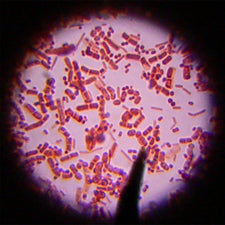3rd Grade Science Fair Projects
Narrow Your Search
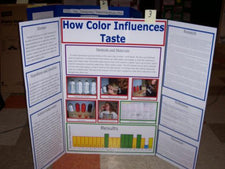
Can Our Eyes Fool Our Taste Buds?
Photo Source: Rowan Frances Ever wonder if what we see influences our per...
Read More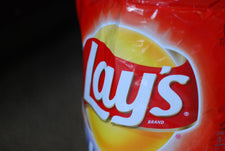
How Greasy Are Your Potato Chips?
Photo © 2010 espensorvik, Flickr If you've ever eaten a serving of chips, i...
Read More
Pizza Box Solar Oven
Photo Source: Simon Fraser University If you're interested in cooking and a...
Read More
How Clean is the Air You Breathe?
While it may seem to the naked eye that the air we breathe is clean and clea...
Read More
Music To My Heart
Photo © 2008 Fe Ilya, Flickr Ever wonder if different styles of music affec...
Read More
Font and Memory
Class syllabuses. Handouts. Lecture notes and presentations. Throughout the ...
Read More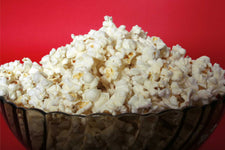
Why Does Popcorn 'Pop'?
Photo Source: Lucian Muset Popcorn is a delicious snack, but have you ever ...
Read More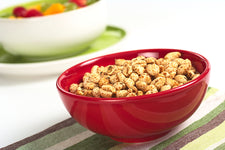
Static Electricity & Jumping Cereal
Photo Source: the-science-mom.com Great for early elementary students inter...
Read More
Does A Person's Favorite Snack Say Anything Abo...
After encountering Dr. Alan Hirsch's book, What Flavor is Your Personality? D...
Read More
Phototropism: Why Do Plants Grow Toward Light?
For those elementary students interested in botany, this cool experiment fro...
Read More
Mnemonics & Memory
Photo © 2009 digitalbob8, Flickr If you've ever studied for a big test, hav...
Read More
Multicolored Flowers
Photo © 2008 Subramanian Kabilan, Flickr This science experiment, designed ...
Read More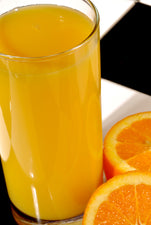
Comparing the Vitamin C Levels in Various Fruit...
Photo ©2010 Ariel Waldman, Flickr The human body does not produce vitamin C...
Read More
The Aerodynamics of a Car
Photo © 2008 Nathan Bittinger, Flickr In a similar vein to Wong's award-win...
Read More
Connecting Solar Energy & Electronics
Photo Source: Saniphoto This interesting science fair project, designed for...
Read More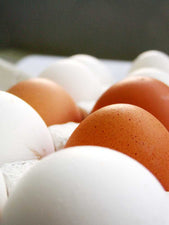
Inertia of an Egg
Photo Source: Pali A Inertia According to Newton's first two laws of physic...
Read More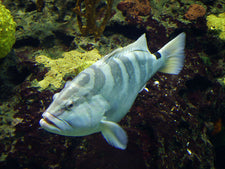
The Effect of Acid Rain on Aquatic Life
Photo © 2005 Rick Smit, Flickr Like smoking, pollution has "second-hand" ef...
Read More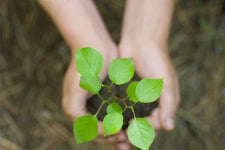
Oxygen in Plant Respiration
Photo Source: Viktor Kuryan Most children are familiar with the overly simp...
Read More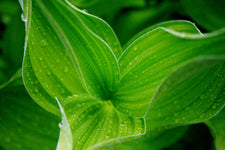
Photosynthesis & Light Color
Photo © 2009 Corey Harmon, Flickr If you have a student who's interested in...
Read More
Measuring & Comparing Salinity in Different Aqu...
Photo © 2006 D. Vincent Alongi, Flickr Most of you have learned in life sci...
Read MoreTop 10 Best 3rd Grade Science Fair Projects [Updated 2020]
- Can Our Eyes Fool Our Taste Buds?
- How Clean is the Air You Breathe?
- How Greasy Are Your Potato Chips?
- Pizza Box Solar Oven
- Font and Memory
- Does A Person's Favorite Snack Say Anything About Their Personality?
- Static Electricity & Jumping Cereal
- Phototropism: Why Do Plants Grow Toward Light?
- Mnemonics & Memory
- Music To My Heart
